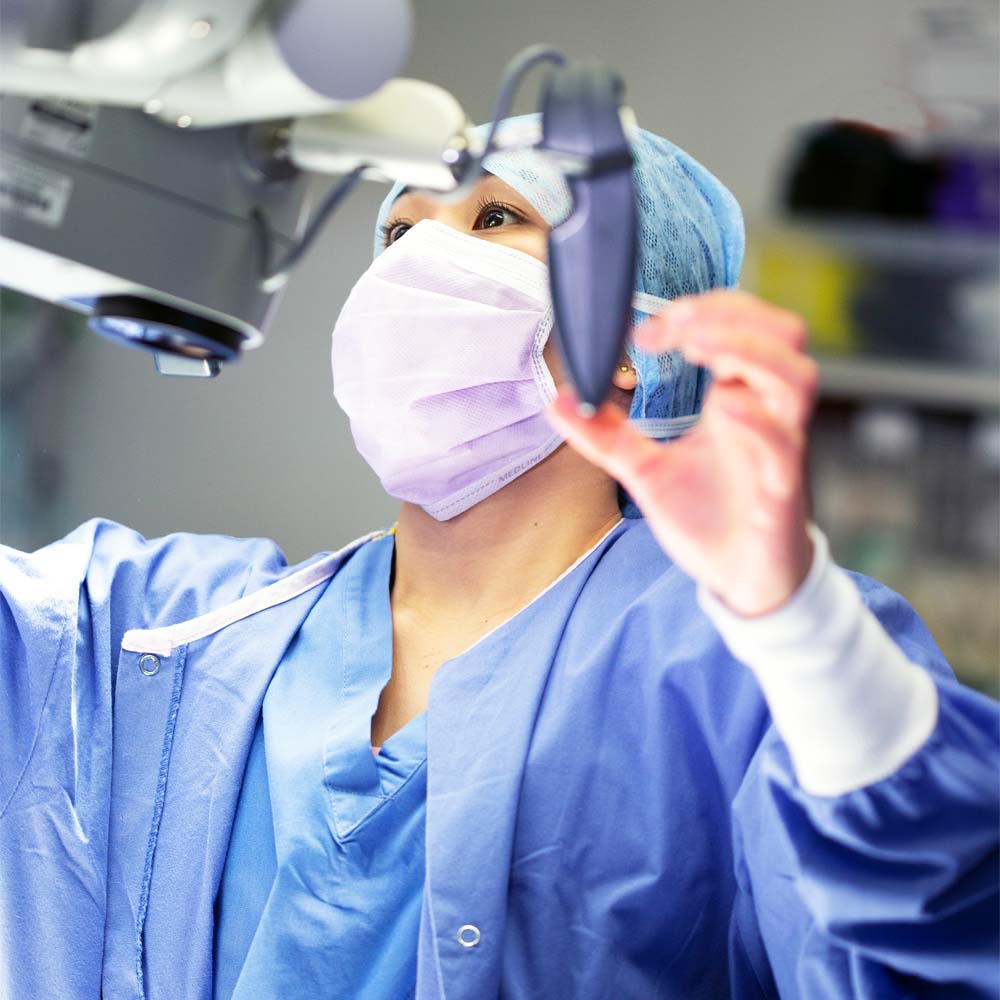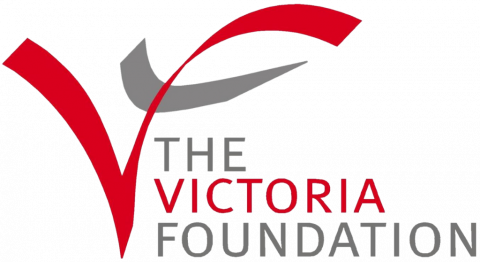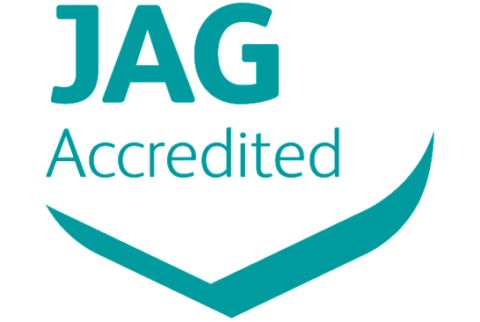Also known as an autologous (own tissue) reconstruction, the DIEP Flap procedure is a form of breast reconstruction surgery where skin, fat and blood vessels are removed from the wall of a woman’s lower belly and used to reconstruct the breast following a mastectomy. The procedure is ‘muscle sparing’ which means the surgeon will not move or cut any muscles, resulting in an overall shorter recovery time. ‘DIEP’ stands for Deep Inferior Epigastric Perforator, which are the branches of the blood vessels that are relocated during the procedure.
The main difference between a DIEP Flap and a breast implant is that the results should be life-long with revision surgery rarely being required. As the abdominal muscle is kept intact there are few long-term complications from the procedure. Also, the reconstructed breast should age naturally and change as an individual’s body weight changes.















